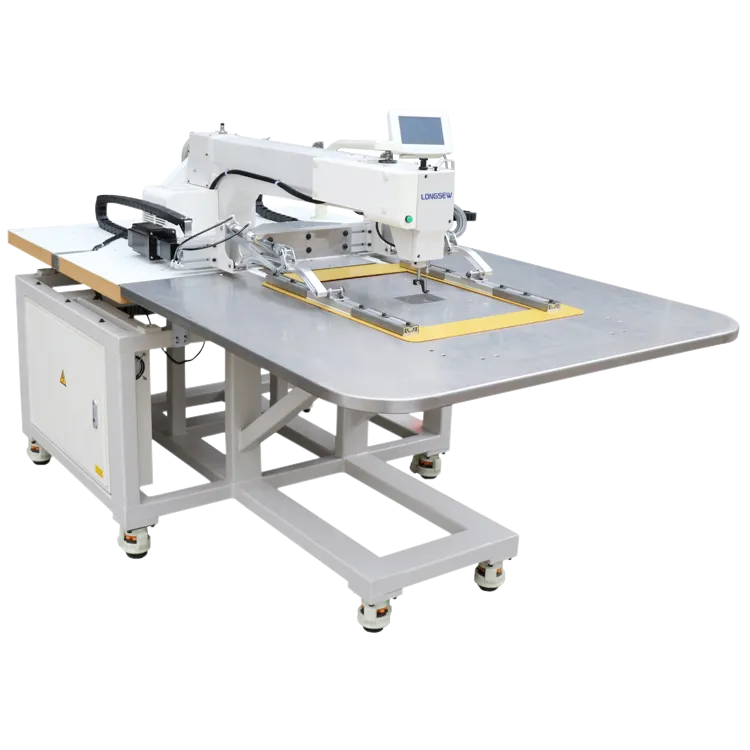Tips for Sewing Leather with a Sewing Machine Effectively
Sewing Leather on a Sewing Machine A Comprehensive Guide
Sewing leather can be both a rewarding and challenging endeavor. With its unique texture, durability, and aesthetic appeal, leather is a popular choice for various projects, from bags and wallets to clothing and upholstery. However, sewing leather requires special considerations to ensure a successful outcome. This article will guide you through the essentials of sewing leather on a sewing machine.
Choosing the Right Equipment
First, it’s crucial to select the appropriate sewing machine. Not all machines are suited for leather work. Look for a heavy-duty or industrial sewing machine that can handle thick materials. Walking foot or roller foot machines are particularly effective, as they help move the leather smoothly through the machine, preventing any slipping or bunching.
In addition to the machine, you’ll need specific sewing tools. A leather needle is essential; these needles have a special wedge-shaped tip designed to penetrate the tough material without causing damage. A thicker thread, often polyester or nylon, is also recommended to withstand the stress and strain of leather projects.
Preparing the Leather
Before you begin, prepare your leather properly. Always test your sewing technique on a scrap piece of leather to adjust machine settings and get comfortable with the material. When cutting the leather, use a sharp rotary cutter or scissors to ensure clean edges. It’s often beneficial to use a cutting mat to protect your work surface.
Another tip is to consider the finish of your leather. Some finishes can create a slippery surface that might be challenging to sew. Using a tissue paper or wax paper under the leather while sewing can help improve grip and reduce fraying.
sew leather on sewing machine

Sewing Techniques
When you start sewing, use a slower speed to maintain control. Leather can be unforgiving, and mistakes may be difficult to undo. Make sure to reverse stich at the beginning and end of seams to secure them. Use straight stitches for clean lines, but if your project allows, experimenting with decorative stitching can add a unique touch.
If you’re working with thicker leather, keep in mind that you may need to adjust the machine’s presser foot pressure. This adjustment helps the foot grip the material evenly and traverse smoothly.
Finishing Touches
After sewing, finish the edges of your leather to prevent fraying and add a polished look. Techniques like edge burning, sealing with a leather edge dye, or using binding tape can help you achieve a professional finish.
Lastly, clean your sewing machine after working with leather to remove any residue or particles that could affect future projects. Regular maintenance ensures that your machine remains in top condition.
Conclusion
Sewing leather on a sewing machine can be a gratifying project, yielding beautiful and functional results. With the right tools, techniques, and preparation, you’ll find that sewing leather can be an enjoyable experience. Whether you’re a seasoned sewer or a beginner, taking the time to understand the nuances of leather can elevate your crafting skills and open up new creative opportunities. Embrace the challenge, and happy sewing!
-
Zigzag Sewing MachineNewsMay.12,2025
-
Single Needle Sewing MachineNewsMay.12,2025
-
Overlock Sewing Machine PriceNewsMay.12,2025
-
Heavy Duty Industrial Sewing MachineNewsMay.12,2025
-
FIBC Sewing MachineNewsMay.12,2025
-
Cylinder Bed Sewing MachineNewsMay.12,2025
-
Revolutionizing Sewing with CNC TechnologyNewsMar.28,2025





























